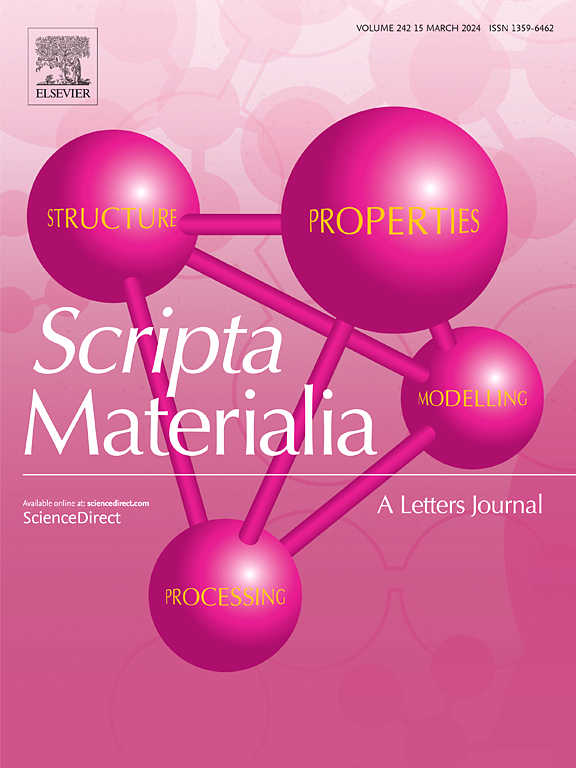Accelerating the discovery of low-energy structure configurations: A computational approach that integrates first-principles calculations, Monte Carlo sampling, and Machine Learning
IF 5.3
2区 材料科学
Q2 MATERIALS SCIENCE, MULTIDISCIPLINARY
引用次数: 0
Abstract
Finding Minimum Energy Configurations (MECs) is essential in fields such as physics, chemistry, and materials science, as they represent the most stable states of the systems. In particular, identifying such MECs in multi-component alloys considered candidate PFMs is key because it determines the most stable arrangement of atoms within the alloy, directly influencing its phase stability, structural integrity, and thermo-mechanical properties. However, since the search space grows exponentially with the number of atoms considered, obtaining such MECs using computationally expensive first-principles DFT calculations often results in a cumbersome task. To escape the above compromise between physical fidelity and computational efficiency, we have developed a novel physics-based data-driven approach that combines Monte Carlo sampling, first-principles DFT calculations, and Machine Learning to accelerate the discovery of MECs in multi-component alloys. More specifically, we have leveraged well-established Cluster Expansion (CE) techniques with Local Outlier Factor models to establish strategies that enhance the reliability of the CE method. In this work, we demonstrated the capabilities of the proposed approach for the particular case of a tungsten-based quaternary high-entropy alloy. However, the method is applicable to other types of alloys and enables a wide range of applications.

求助全文
约1分钟内获得全文
求助全文
来源期刊

Scripta Materialia
工程技术-材料科学:综合
CiteScore
11.40
自引率
5.00%
发文量
581
审稿时长
34 days
期刊介绍:
Scripta Materialia is a LETTERS journal of Acta Materialia, providing a forum for the rapid publication of short communications on the relationship between the structure and the properties of inorganic materials. The emphasis is on originality rather than incremental research. Short reports on the development of materials with novel or substantially improved properties are also welcomed. Emphasis is on either the functional or mechanical behavior of metals, ceramics and semiconductors at all length scales.
 求助内容:
求助内容: 应助结果提醒方式:
应助结果提醒方式:


